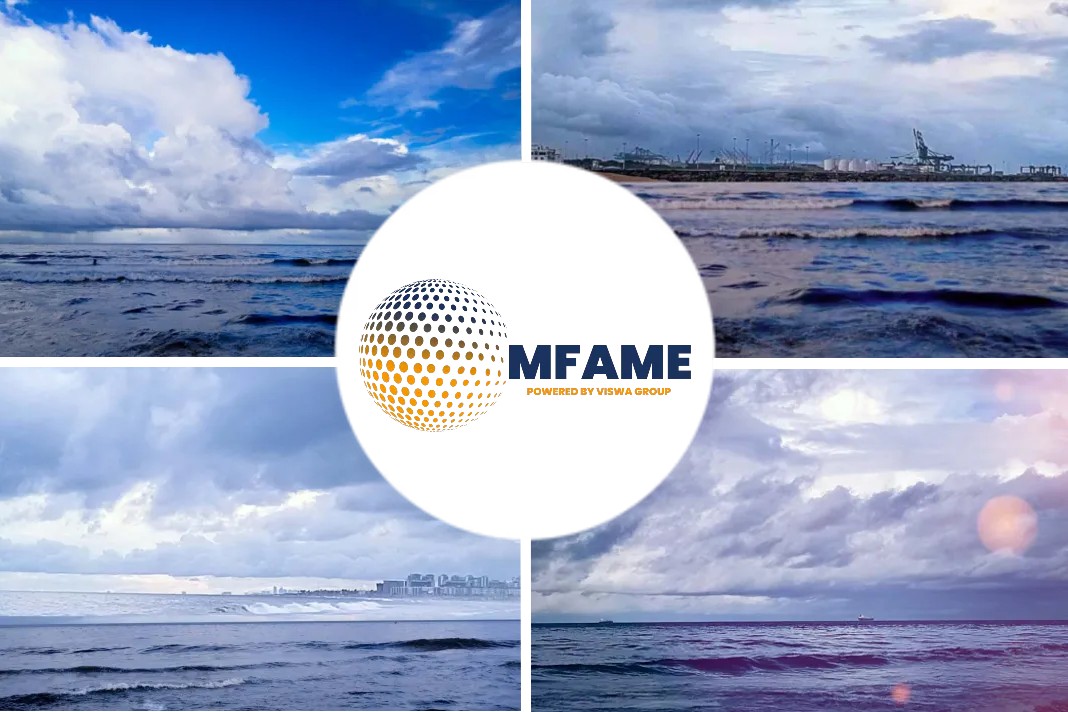- Safe and reliable mooring needs ropes to perform, often in adverse weather and changing port conditions.
- There are four silent saboteurs that degrade performance and safety margins: Fatigue, Abrasion, Creep, and extreme Temperatures.
- These are the FACTs (for short) that you need to know in order to select the right mooring lines for your vessels.
- Over the coming months we’re going to explore each one of these ‘FACTs’ in detail, starting in this article with Fatigue.
A news article published in the Gcaptain deals with Four Factors To Consider When Selecting The Right Mooring Lines For Your Vessel.
Let’s deep dive into ‘fatigue’
A ship resting at a berth is in reality in constant motion. Gusts of wind, rising and falling tides, underwater currents, and surges from passing ships are all pulling moored ships in multiple directions simultaneously. Over time these motions impart fatigue damage to mooring lines. Every second the lines are moving from slack to taut, stressing the rope structure and the fibers they are made of. Rough weather or spring tides exacerbate the strains, and the mooring lines need to safely manage extraordinary loads, and relentless demands to bend and stretch.
Extreme events can suddenly reduce the safety margin on mooring systems. In real-world operations, time takes its toll, and if you’re operating in high temperature climates it can accelerate the onset of fatigue damage. From the minor strains of the daily tides to hurricane force winds, the fibers deep in the rope structure endure axial and bending stress and rub against each other. The question isn’t if fatigue will cause rope failure, it’s when. Which is why the challenge for mooring line manufacturers is to innovate more durable and reliable systems, starting with using a superior high-performance fiber.
Trusted performance and a long service lifetime with Dyneema® SK78 fiber
Synthetic fibers have transformed mooring rope performance, making lines more durable, stronger, and lighter to handle. The king of synthetic high-performance fibers is Dyneema® SK78. Dyneema® SK78 has three times the fatigue life of generic HMPE, proven at both a fiber and rope level.
What’s the magic ingredient?
To better understand Dyneema® SK78 fiber let’s study it on a molecular level. If you could view Dyneema® SK78 fibers through a microscope you would notice not only a long, strong chain of atoms, but also anchors placed along the chain. These anchors stabilize the chain of atoms, giving the fibers a hidden reinforcement, a kind of superpower. When lesser fibers buckle, tear or fail, Dyneema® SK78 fibers hold strong. Only Dyneema® SK78 fiber is made from a tailor-made raw material that is selected with end-uses including mooring in mind.
Tested from the lab to the port
Lab and field testing has proven that Dyneema® SK78 fiber delivers three times longer fatigue life compared to other alternatives.
But can the results from a lab translate to the reality of real-world applications? The feedback from the maritime industry is a resounding “YES!”. From epic container ships and tankers to cruise ships and tugboats, thousands of vessels over the last couple of decades have been equipped with mooring lines made with Dyneema® SK78 fiber for safe and reliable mooring operations. Operators are experiencing the performance of their mooring lines in all conditions and their continuous feedback confirms that maintenance remains minimal and mooring line lifespans remain long.
Dive deeper into ‘fatigue’
Selecting the right material with the right rope design is essential when looking for more durable breast, head, spring, and stern mooring line systems. Dyneema® SK78 fiber is engineered to deliver trusted strength, longer service life, and reliable performance. Check out the video below to dive deeper into fatigue. And to continue the conversation, contact the mooring experts at Dyneema® from the link Connect to an expert (dsm.com)
Did you subscribe to our Newsletter?
It’s Free! Click here to Subscribe.
Source: GCaptain






















